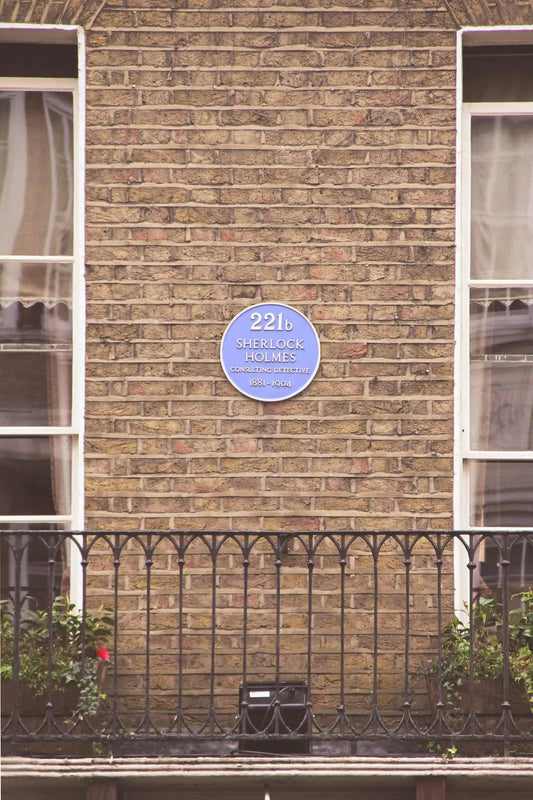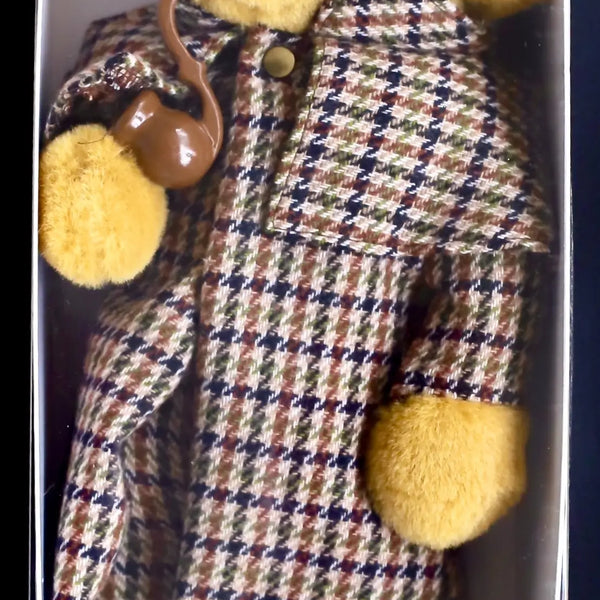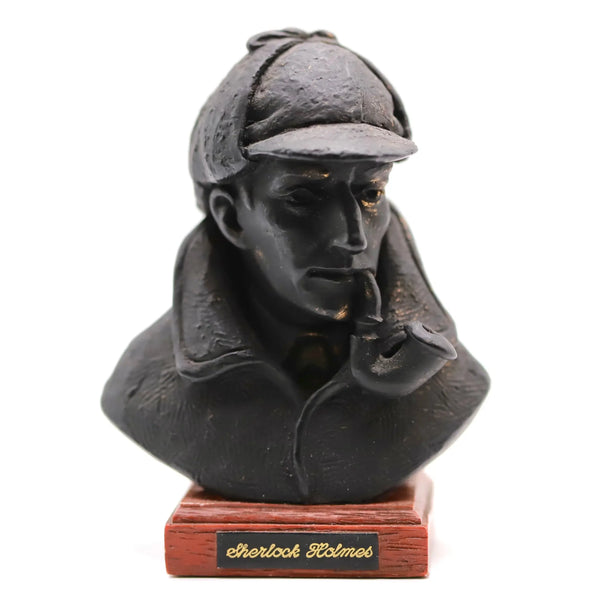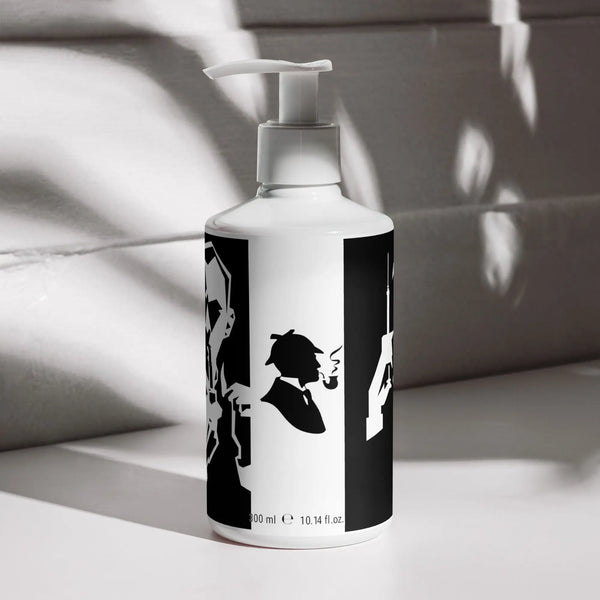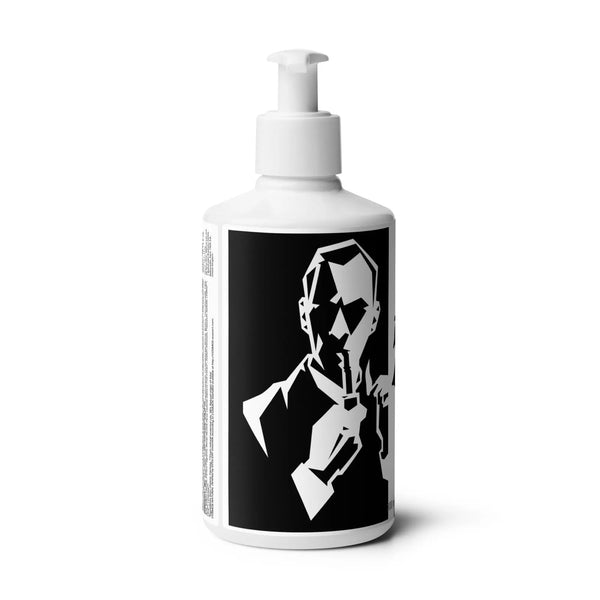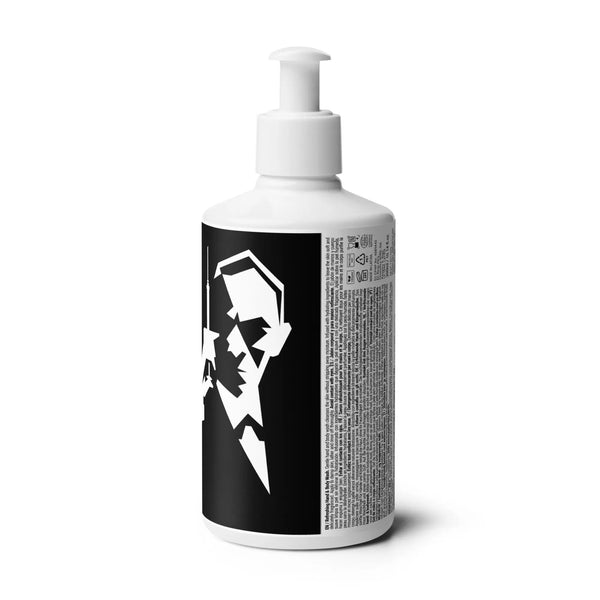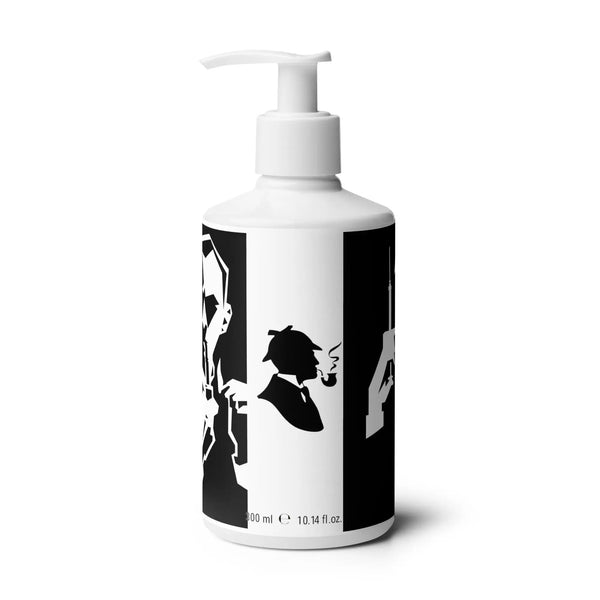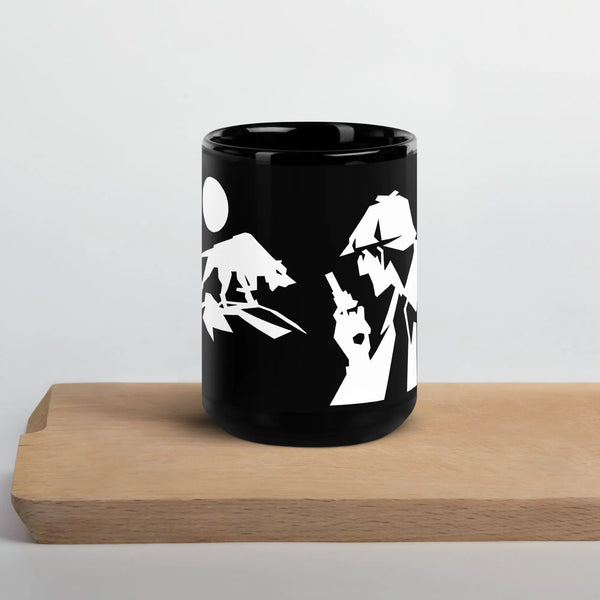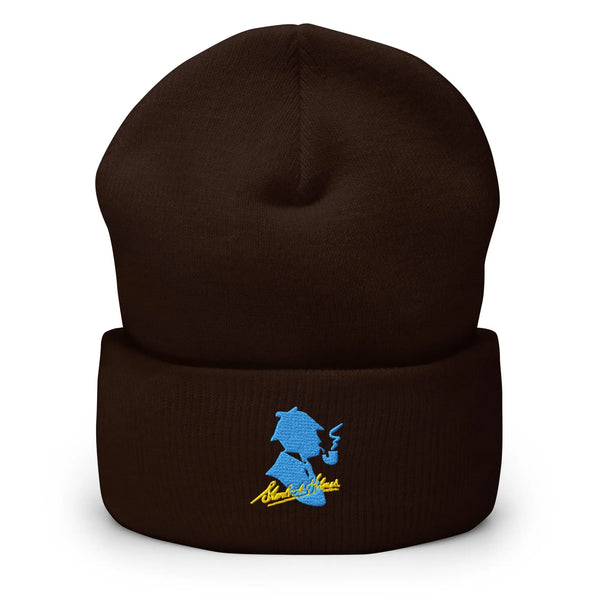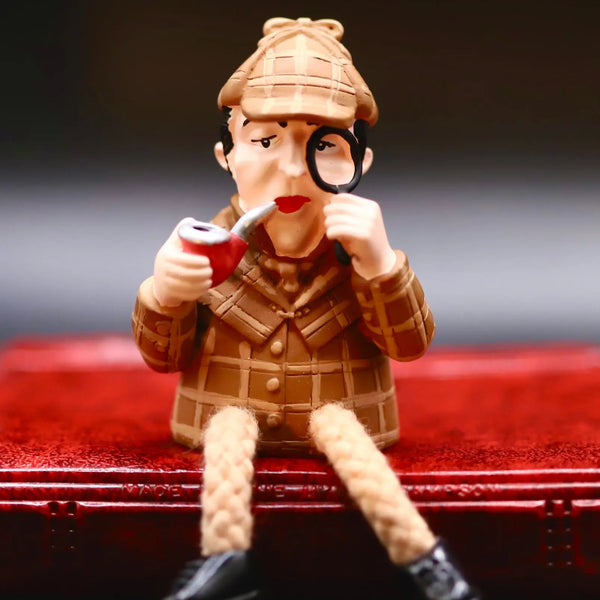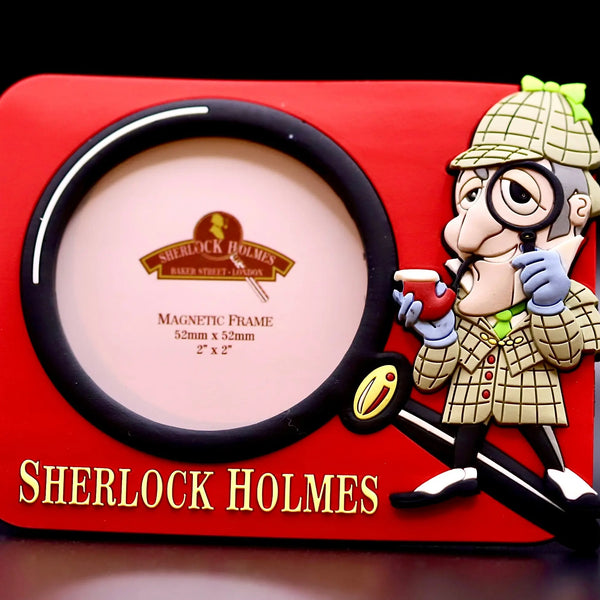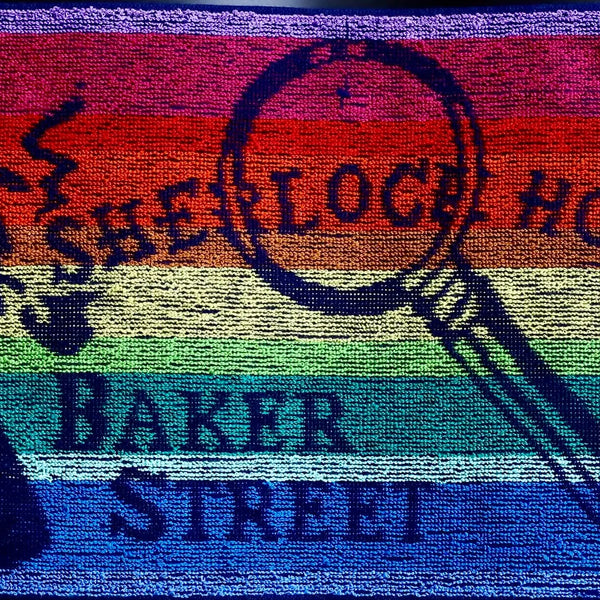Few addresses in literature have captured the public imagination quite like 221B Baker Street. This iconic London address, home to the great detective Sherlock Holmes and his loyal companion Doctor Watson, has transcended its fictional origins to become a cultural landmark that draws visitors from around the world. Though created within the pages of Sir Arthur Conan Doyle's detective stories, 221B Baker Street has developed a life and reality of its own, representing not just a physical location but the very essence of Victorian detection, logical reasoning, and the enduring appeal of Holmes's unique brand of crime-solving.
The Creation of 221B Baker Street in Literature
When Sir Arthur Conan Doyle penned "A Study in Scarlet" in 1887, his first manuscript established 221B Baker Street as the residence where his detective would analyse clues, receive clients, and form his brilliant deductions. At the time of writing, Baker Street did not actually contain a 221B address—the street numbers in the real Baker Street did not extend that high, making Holmes's famous address entirely fictional.
Doyle chose this location with care. In late Victorian London, Baker Street was situated in what would have been considered a high-class residential district, respectable yet accessible, appropriate for a consulting detective of Holmes's standing. The real Baker Street of the era was a suitable setting for a gentleman with unusual professional interests who needed to be centrally located for clients from all levels of London society.
In "The Adventure of the Empty House," the building is described as "a lodging house" rather than a private residence, explaining how Holmes and Watson could rent rooms there rather than the entire property. According to the stories, their quarters occupied the first floor (which in British terminology means one level above the ground floor), providing the detective with an advantageous view of the comings and goings on Baker Street below.
Physical Description from the Canon
The most famous room at 221B Baker Street is undoubtedly the sitting room, which Doyle describes in considerable detail throughout his stories. In "The Adventure of the Mazarin Stone," we learn that the room has "two broad windows" looking down upon the street. Watson describes the space as "cheerfully furnished," though often in a state of disarray due to Holmes's eccentric habits.
Holmes's chemical experiments occupied one corner, while his correspondence was reportedly pinned to the mantelpiece with a jack-knife. Among the most eccentric features was Holmes's habit of keeping his tobacco in a Persian slipper, a detail that has become one of the most recognisable elements of his domestic arrangements.
The sitting room contained Holmes's desk, a basket chair, and the familiar armchairs where the detective and doctor would discuss their cases. There were also comfortable bedrooms for both men, though these are described in less detail in the original stories. The layout suggested by Doyle indicates a spacious arrangement appropriate for two bachelors of means.
Various stories mention other features: chemical apparatus, books and papers in precarious piles, bullet holes in the wall forming the pattern of the Queen's initials (the result of Holmes's indoor marksmanship practice), and the detective's violin nearby. Together, these elements create a vivid picture of an intellectual's domain, cluttered but functional, reflecting the detective's prioritisation of mental work over domestic tidiness.
The Real Baker Street in Victorian London
During Doyle's time, the actual Baker Street was quite different from today's incarnation. The section north of Marylebone Road did not include a 221B address, as the street numbering did not extend that far. This created an interesting situation where Holmes's residence existed in literature but not in reality.
The real Victorian Baker Street was an upmarket area near Regent's Park, lined with townhouses and professional establishments. Its proximity to Marylebone Road and Regent's Park placed it in an ideal location for a detective—central enough to be accessible to clients from all parts of London, yet somewhat removed from the chaotic heart of the city.
The Victorian postal system eventually had to grapple with the fictional address becoming the recipient of very real letters addressed to Sherlock Holmes. For many years, these letters created confusion for postal workers and businesses actually located on Baker Street.
Sherlock Holmes on the TV Screen
Television has played a crucial role in bringing 221B Baker Street to life for modern audiences. Each major adaptation has created its own interpretation of Holmes's iconic rooms, with the sitting room at 221B often serving as a visual anchor for these series.
The 1980s Granada Television series starring Jeremy Brett presented perhaps the most faithful adaptation of the canonical 221B. The production designers meticulously recreated the Victorian atmosphere, filling the rooms with authentic period details. Viewers could spot the Persian slipper, chemical corner, and bullet-pocked wall exactly as described in Doyle's stories. This version of 221B, with its rich wood panelling and cluttered but elegant furnishings, became the definitive image of Sherlock's home for a generation of viewers.
The BBC's 21st-century reimagining in "Sherlock" transported 221B to modern London while cleverly maintaining its essential character. The production design incorporated contemporary technology alongside traditional elements—modern laptops and smartphones alongside Victorian wallpaper and antiquated furnishings. Benedict Cumberbatch's Holmes maintained the sitting room's characteristic disorder, with case files and experiments strewn about, showing how the detective's untidy habits transcend time periods.
American adaptations have offered their own takes on the famous address. CBS's "Elementary" relocated Holmes to New York but still referenced the iconic address, with Jonny Lee Miller's Holmes maintaining a brownstone filled with case materials, unusual artefacts, and multiple wall displays for active investigations—a 21st-century American interpretation of the 221B concept.
The portrayal of 221B often reflects each era's interpretation of Holmes himself. More eccentric versions of the detective inhabit more chaotic spaces, while more methodical interpretations show a more organised, if still unconventional, living arrangement. The sitting room windows consistently feature prominently, serving as Holmes's viewpoint onto the street and the world of crime beyond.
Literary Significance of the Setting
Holmes's Baker Street residence serves as more than mere backdrop—it functions almost as another character in the stories. The sitting room, in particular, bookends many adventures, serving as both the place where clients first present their problems and where Holmes later explains his solutions.
The famous address operates as a fixed point in a swirling Victorian world of crime. Clients from all walks of life—from the highest aristocracy to the most humble workers—climb the seventeen steps to the first floor, crossing a threshold from the ordinary world into the realm of detection and resolution.
The rooms themselves reflect Holmes's character: the chemical corner representing his scientific approach, the commonplace books demonstrating his methodical research, the violin suggesting his artistic temperament. Even the building's location in London connects to Holmes's deep knowledge of the city, which he navigates with unparalleled expertise during his investigations.
British crime novelist Nigel Morland once observed that 221B Baker Street serves as "the centre of Holmes's web," the place from which he monitors London's criminal activities and to which he returns after successful detection. This concept of the detective's home as the center of his mental map became influential in later detective fiction.
221B Beyond Doyle
The iconic status of 221B Baker Street has inspired countless authors who have written Holmes pastiches or created their own fictional detectives. Many modern mystery writers have consciously created memorable residences for their sleuths, acknowledging the powerful connection between a detective and their home base.
The address has appeared in works ranging from serious literary homages to playful references in films, television, and even video games. Some authors have expanded on Doyle's relatively sparse descriptions, imagining additional rooms or details about the building and its surroundings.
The cultural weight of 221B Baker Street is such that separate addresses created for other fictional detectives are often measured against it, demonstrating its status as the archetypal detective residence in popular culture.
Frequently Asked Questions
Is there a real 221B Baker Street?
Yes, today there is a real 221B Baker Street in London. However, when Sir Arthur Conan Doyle was writing the original Sherlock Holmes stories in the late 19th century, Baker Street's numbering did not actually extend to 221, making it a fictional address at that time. The street was later renumbered, and now the address exists in reality.
Who currently lives at 221B Baker Street?
No one actually lives at the address in the residential sense. The building that encompasses the modern 221B Baker Street address is occupied by a business establishment. The fictional rooms as described by Doyle are not accessible as a residential space.
Can you visit 221B Baker Street?
Visitors can see the exterior of the building bearing the 221B Baker Street address. There are also recreations of Holmes's sitting room available to the public, furnished according to descriptions in the original stories with period-appropriate Victorian furniture and Holmes memorabilia including the detective's chair, chemical apparatus, and even the famous Persian slipper.
What is at 221B Baker Street in London today?
Today, the address is part of a larger building with multiple occupants. There are commercial establishments in the vicinity. The exterior features signage acknowledging its connection to the fictional detective, and it remains a popular photo opportunity for Holmes enthusiasts visiting London.
Conclusion
221B Baker Street remains perhaps the most famous fictional address in the world, a testament to Sherlock Holmes's enduring cultural impact. What began as a convenient location for Conan Doyle's detective stories has evolved into a literary landmark that continues to fascinate readers and viewers more than a century later.
The rooms where Holmes and Watson discussed their cases, entertained their clients, and relaxed between adventures have been reimagined countless times in adaptations across all media, yet certain essential elements remain consistent—the sitting room with its two broad windows, the chemical corner, the comfortable chairs by the fire.
The address exemplifies how fiction can shape reality. A location that once existed only in literature now draws visitors from around the globe, proving that the boundary between Sherlock's home and our world is perhaps as permeable as the fog that so often shrouded Baker Street in Doyle's Victorian London.
